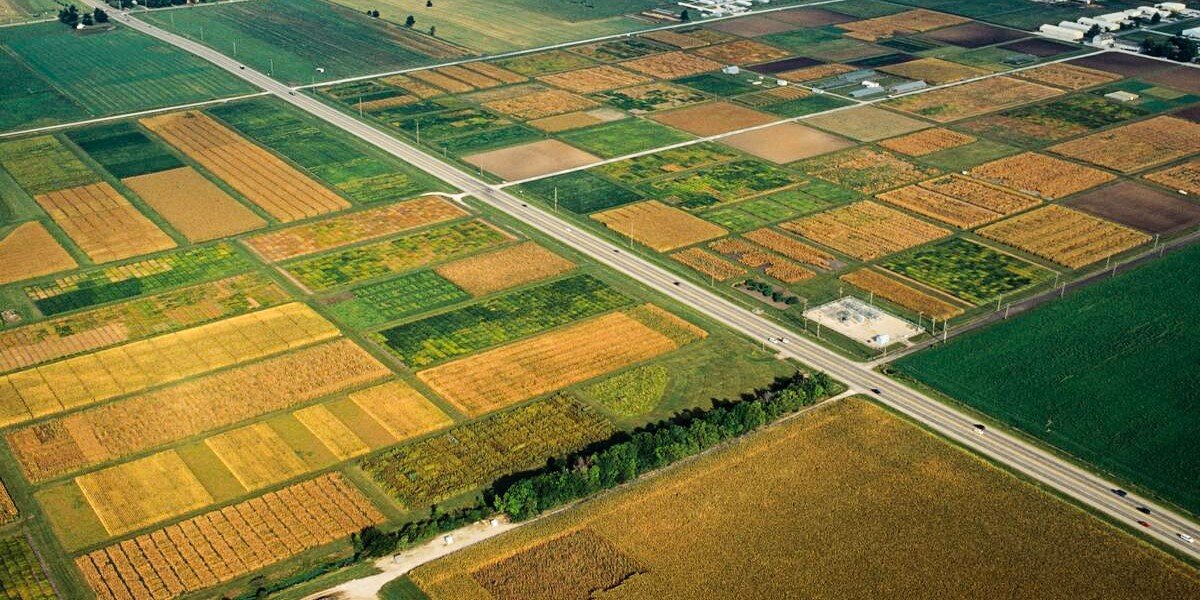Powerful sensors on planes detect crop nitrogen with high accuracy
 Powerful sensors on planes detect crop nitrogen with high accuracySynthetic nitrogen fertilizers transformed agriculture as we know it during the Green Revolution, catapulting crop yields and food security to new heights. Yet, despite improvements in crop nitrogen use efficiency, fears of underperformance spur fertilizer overapplication to this day. Excess nitrogen then ends up in waterways, including groundwater, and in the atmosphere in the form of potent greenhouse gasses.
Powerful sensors on planes detect crop nitrogen with high accuracySynthetic nitrogen fertilizers transformed agriculture as we know it during the Green Revolution, catapulting crop yields and food security to new heights. Yet, despite improvements in crop nitrogen use efficiency, fears of underperformance spur fertilizer overapplication to this day. Excess nitrogen then ends up in waterways, including groundwater, and in the atmosphere in the form of potent greenhouse gasses.
Predicting the amount of nitrogen needed by a particular crop in a particular year is tricky. The first step is understanding crop nitrogen status in real time, but it's neither realistic nor scalable to measure leaf nitrogen by hand throughout the course of a season.
In a first-of-its-kind study, a University of Illinois research team put hyperspectral sensors on planes to quickly and accurately detect nitrogen status and photosynthetic capacity in corn.
"Field nitrogen measurements are very time- and labor-consuming, but the airplane hyperspectral sensing technique allows us to scan the fields very fast, at a few seconds per acre. It also provides much higher spectral and spatial resolution than similar studies using satellite imagery," says Sheng Wang, research assistant professor in the Agroecosystem Sustainability Center (ASC) and the Department of Natural Resources and Environmental Sciences (NRES) at U of I. Wang is lead author on the study.
"Our approach fills a gap between field measurements and satellites and provides a cost-effective and highly accurate approach to crop nitrogen management in sustainable precision agriculture," he adds.
The plane, fitted with a top-of-the-line sensor capable of detecting wavelengths in the visible and near infrared spectrum (400-2400 nanometers), flew over an experimental field in Illinois three times during the 2019 growing season. The researchers also took in-field leaf and canopy measurements as ground-truth data for comparison with sensor data.
The flights detected leaf and canopy nitrogen characteristics, including several related to photosynthetic capacity and grain yield, with up to 85% accuracy.
"That's close to ground-truth quality," says Kaiyu Guan, co-author on the study, founding director of the ASC, and associate professor in NRES. "We can even rely on the airborne hyperspectral sensors to replace ground-truth collection without sacrificing much accuracy. Meanwhile, airborne sensors allow us to cover much larger areas at low cost."
https://www.civilengineering.ai/powerful-sensors-on-planes-detect-crop-nitrogen-with-high-accuracy/

Post a Comment